Alopecia
Alopecia Causes
& Treatment
& Treatment
Alopecia is the broad term for any form of hair loss, no matter how severe. Many people associate the word Alopecia with the condition Alopecia Totalis, which is the condition that causes complete hair loss of the scalp and facial hair, however, there are a number of different forms of Alopecia.
What is Alopecia Areata?
Alopecia generally refers to hair loss, with alopecia areata being a common type causing non-scarring baldness at any age. It often leads to coin-sized bald patches on the scalp, and may also affect other areas like the beard or eyebrows. More severe forms, like alopecia totalis and universalis, can lead to complete hair loss on the scalp or body. Hair regrowth is unpredictable and varies by individual, often returning initially white. While many experience regrowth, particularly with minimal initial hair loss, recurrent episodes are common.
What causes alopecia areata?
Alopecia areata results from hair loss due to inflammation. The root cause of this inflammatory drama? Unclear. It seems that our immune system, which typically fights off germs and bad guys, might get a bit confused and start attacking our hair follicles instead. Why does it go rogue on our scalps? The reasons behind such immune responses are not entirely understood, nor is it clear why the condition affects only specific areas and why hair often grows back later.
Individuals with alopecia areata have a slightly higher chance of developing other autoimmune diseases such as thyroid disorders, diabetes, lupus, and vitiligo, which causes white patches on the skin. However, the likelihood of developing these conditions remains low. If you experience additional symptoms, it is advisable to consult a doctor who may recommend a blood test.
And just to clear the air: you can’t catch alopecia areata from someone else, and it’s not fussy about what you eat or which vitamins you forget to take. Stress might seem like it’s pulling your hair out (literally), but that could just be life’s way of adding insult to injury!
Is alopecia areata in the genes?
Turns out, it might be a family affair. Around 20% of the alopecia areata club members report that their family trees include this condition too.
What’s it like having alopecia areata?
You might feel a bit of a tingle in your scalp—like your head’s trying to give you a subtle hint. It can be quite a distressing experience, particularly when no amount of clever combing or styling can hide those bald patches.
And if alopecia decides to take your eyelashes on a vacation, brace yourself: your eyes might start complaining about dust more than usual, especially when the weather’s dry or windy.
Is there a cure for alopecia areata?
Sadly, no magic cure exists for alopecia areata. However, there’s a silver lining: about 80% of people with mild cases see their hair make a comeback within a year without any intervention. That said, the plot might thicken with more episodes of hair loss in the future. For those hit harder initially—think more than half their hair gone or total baldness—the odds of a full mane making a return dwindle to about 10%. The comeback chances also aren’t great for young kids or those with the hairline affected.
How do we tackle treating alopecia areata?
For the lucky few with mild early symptoms, sitting tight might be all that’s needed, as their hair could decide to return on its own. There are treatments that might encourage hair to grow back faster, but none can promise to change the disease’s script permanently. Given that the treatments come with their bag of risks and alopecia areata doesn’t threaten physical health, it’s often best to avoid the more drastic options.
Effective for small patches of hair loss, these injections can be used on the scalp and brows. Treatments are repeated every four to six weeks and cease once hair regrowth is achieved. A minor dimple may form at the injection sites but typically resolves within a few months. Special precautions are taken when injecting near the eyes to prevent glaucoma.
High doses of steroid tablets may promote hair regrowth, but hair loss often returns once treatment stops. Long-term use can lead to side effects such as high blood pressure, diabetes, stomach ulcers, cataracts, osteoporosis, and weight gain.
Traditionally used to treat psoriasis, this cream can irritate the skin, which may occasionally stimulate hair regrowth when applied to bald spots. Although evidence is minimal, its safety makes it a viable option. Dithranol can stain skin and hair purple-brown, especially noticeable in blond and fair-haired individuals.
This method involves sensitising the patient to a chemical (typically diphencyprone), then applying it in very low concentrations to bald patches weekly to maintain mild inflammation. Side effects like itching, blistering, and enlarged neck glands can be bothersome. Eczema and skin depigmentation are potential risks, particularly in those with dark skin. This treatment is only offered in specialised centres.
Patients take a tablet or apply a cream to sensitise the skin to light, then expose bald patches to ultraviolet light several times a week for several months. Hair loss commonly recurs after stopping treatment, and there is a long-term risk of developing skin cancers.
Available over-the-counter, this lotion can be applied to bald patches. It may aid hair regrowth, though the new hair is often fine and of limited utility.
Including medications like sulfasalazine, methotrexate, ciclosporin, and azathioprine, these tablets suppress the immune system and are used in severe cases of alopecia areata unresponsive to other treatments. The potential for hair regrowth is limited, and these drugs can have serious side effects.
These include eye drops such as latanoprost and bimatoprost, which may promote hair growth on the eyelids. More research is needed to confirm their effectiveness on scalp alopecia.
These are emerging immunosuppressive drugs under investigation for treating alopecia areata. Both oral and topical forms are being studied to establish their efficacy, but they are not yet available pending further research.
Our Experts
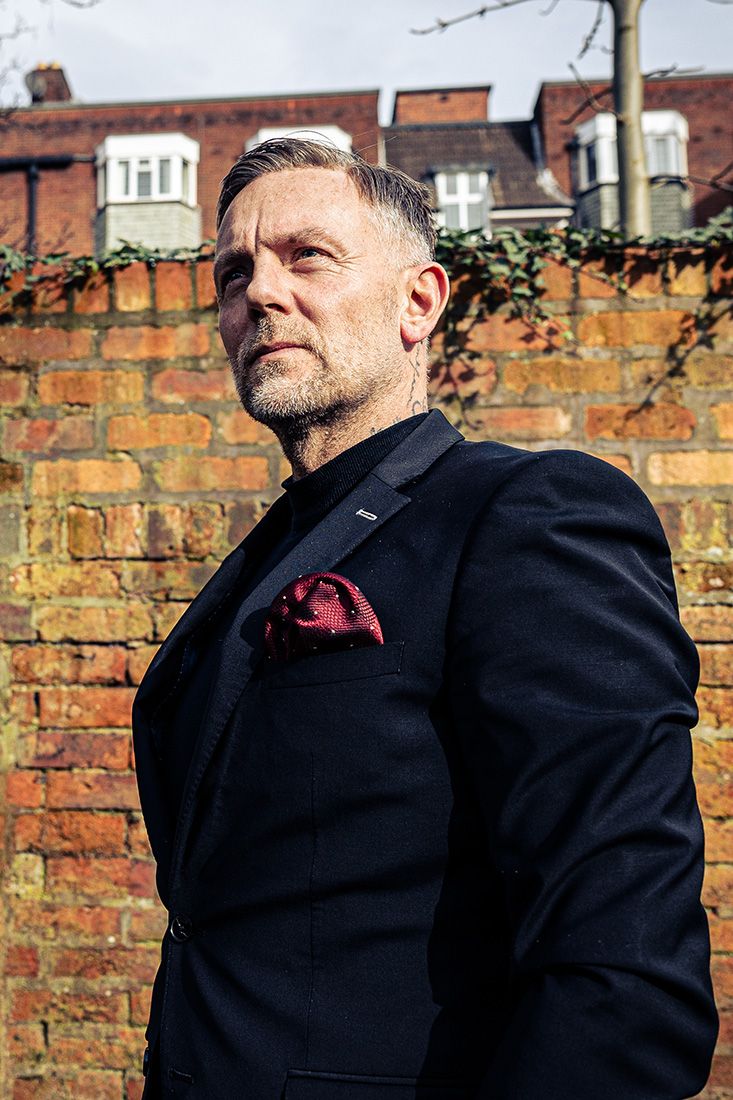

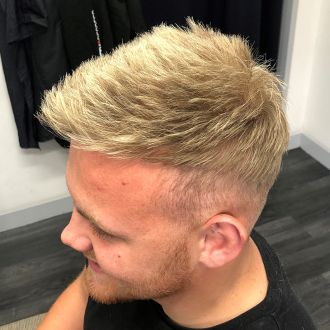
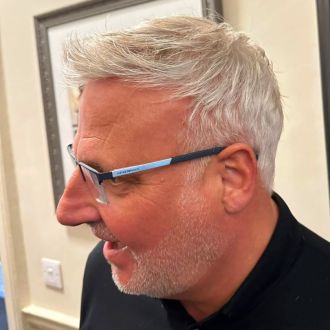
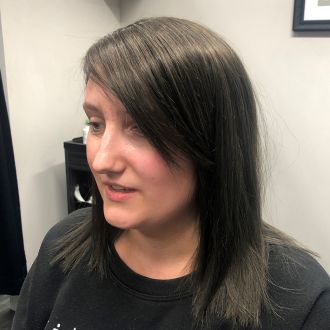
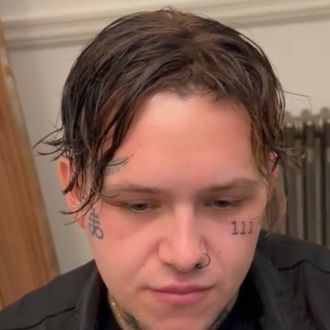
Hair System Options
If you’re experiencing alopecia areata and considering a wig while you wait for hair recovery, you have several options. Wigs can be purchased privately or, in some cases, prescribed by a consultant and obtained through the NHS, though a financial contribution might be required in England. Your local hospital’s orthotic department can guide you on the NHS’s available hairpieces and connect you with local suppliers attuned to the needs of those with alopecia areata.
Innovative Solutions from Optima Hair
For those looking for a more advanced and seamless solution, Optima Hair’s advanced hair systems offer a state-of-the-art alternative to traditional wigs. These systems provide a natural look and feel, designed to blend perfectly with your existing hair and lifestyle, ensuring comfort and confidence during your hair recovery journey.
Engaging with Support and Practical Tips
Joining a patient support group can provide valuable connection and support, helping you adjust and share experiences with others facing alopecia areata. Additionally, for men and some women with extensive alopecia, shaving the remaining hair can offer a clean and manageable aesthetic. It’s important to protect your scalp from sun exposure with sunblock or a hat to prevent sunburn and potential long-term damage.
Be mindful of low-hanging obstacles to avoid scalp injuries, as hair typically provides a cushion and early warning system. If your regrowing hair is slow to return to its original colour, consider discussing dye options with a professional hair salon. For those with longer hair, extensions might be an option, but ensure they’re applied without excessive tension to avoid further hair loss.
For facial hair challenges, artificial eyelashes, eyebrow pencils, and eyebrow tattoos are excellent options for enhancing appearance and boosting confidence.
With these strategies and the support of Optima Hair’s advanced systems, managing alopecia areata becomes a more empowered and positive experience.